With 232 pages and an expanded 12″ by 12″ format, our biggest print issue yet celebrates the people, places, music, and art of our hometown, including cover features on David Lynch, Nipsey Hussle, Syd, and Phoebe Bridgers’ Saddest Factory Records, plus Brian Wilson, Cuco, Ty Segall, Lord Huron, Remi Wolf, The Doors, the art of RISK, Taz, Estevan Oriol, Kii Arens, and Edward Colver, and so much more.
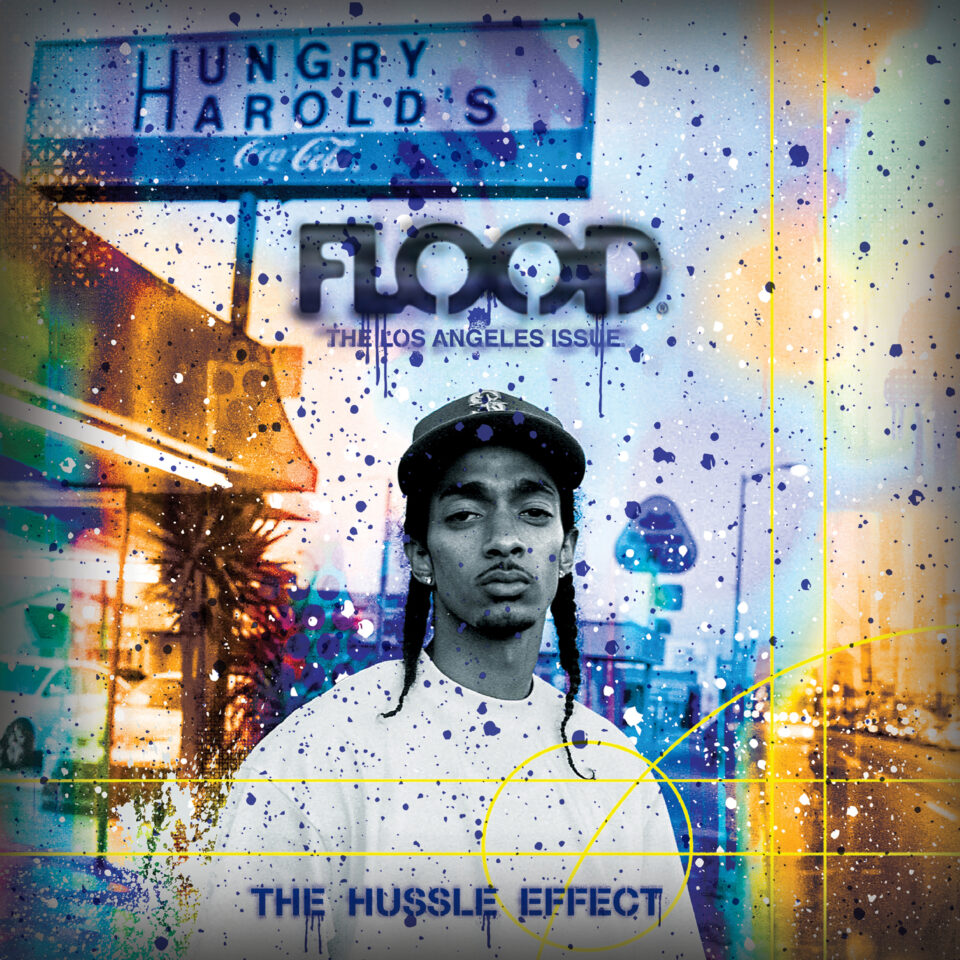
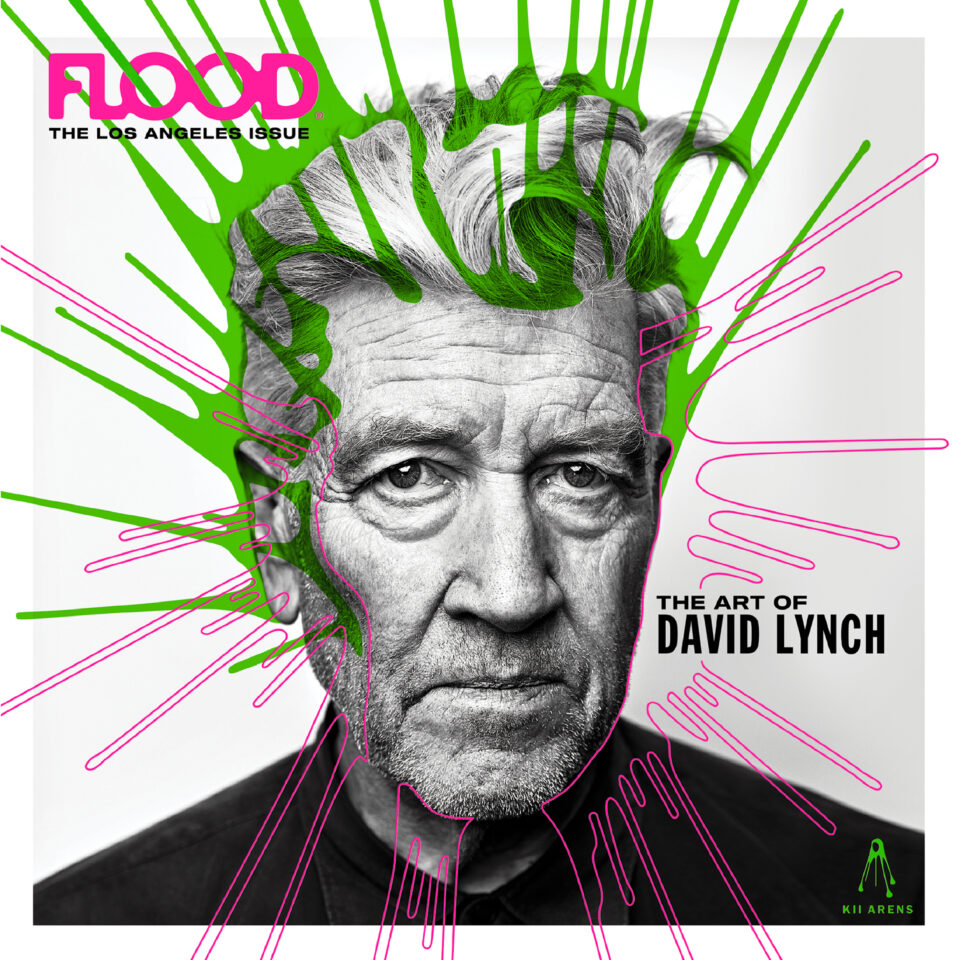
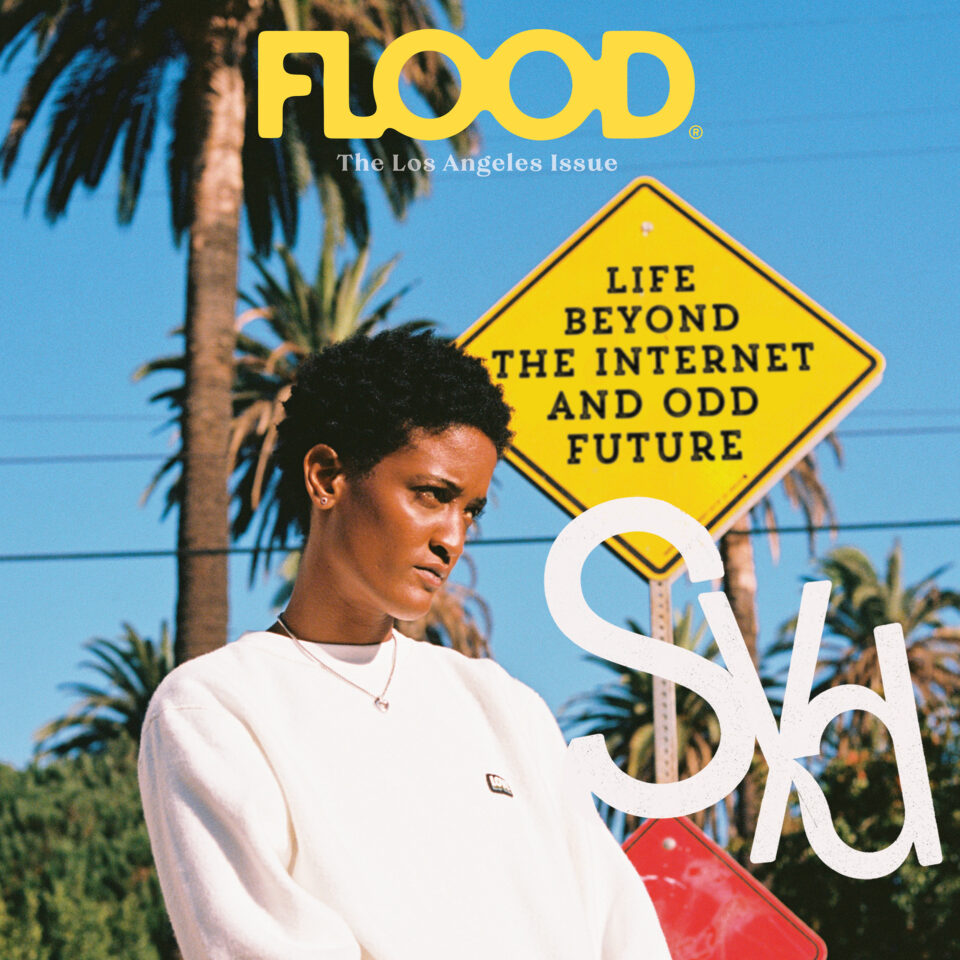
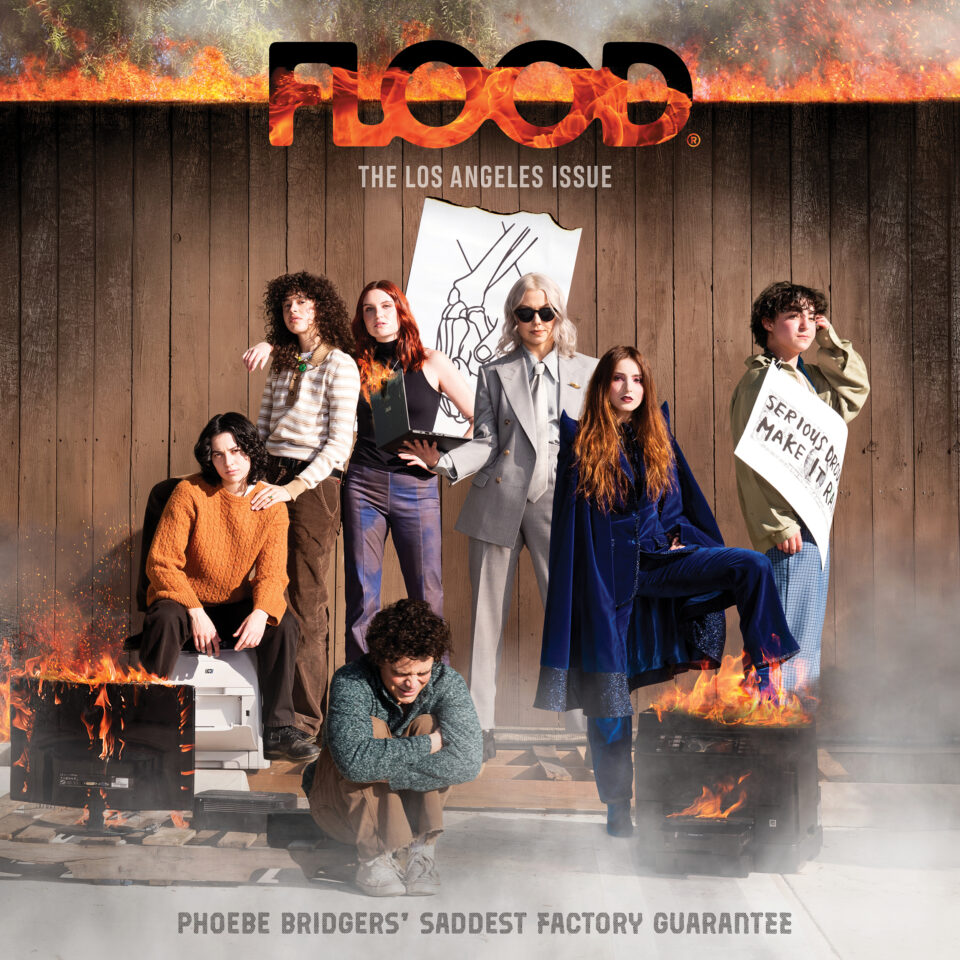
Photo by Michael Muller. Image design by Gene Bresler at Catch Light Digital. Cobver design by Jerome Curchod.
Phoebe Bridgers makeup: Jenna Nelson (using Smashbox Cosmetics)
Phoebe Bridgers hair: Lauren Palmer-Smith
MUNA hair/makeup: Caitlin Wronski
The Los Angeles Issue

Lorde, Virgin
The pop star retains the tainted-love throb of electro rhythm on a fourth LP that’s high on affection, low on gloss, and geared toward transcendence and sneaky sexuality.

Frankie Cosmos, Different Talking
Greta Kline’s sixth album finds her clicking with her new band, lending these songs a DIY quality reminiscent of her early demos despite digging into themes exclusive to adulthood.
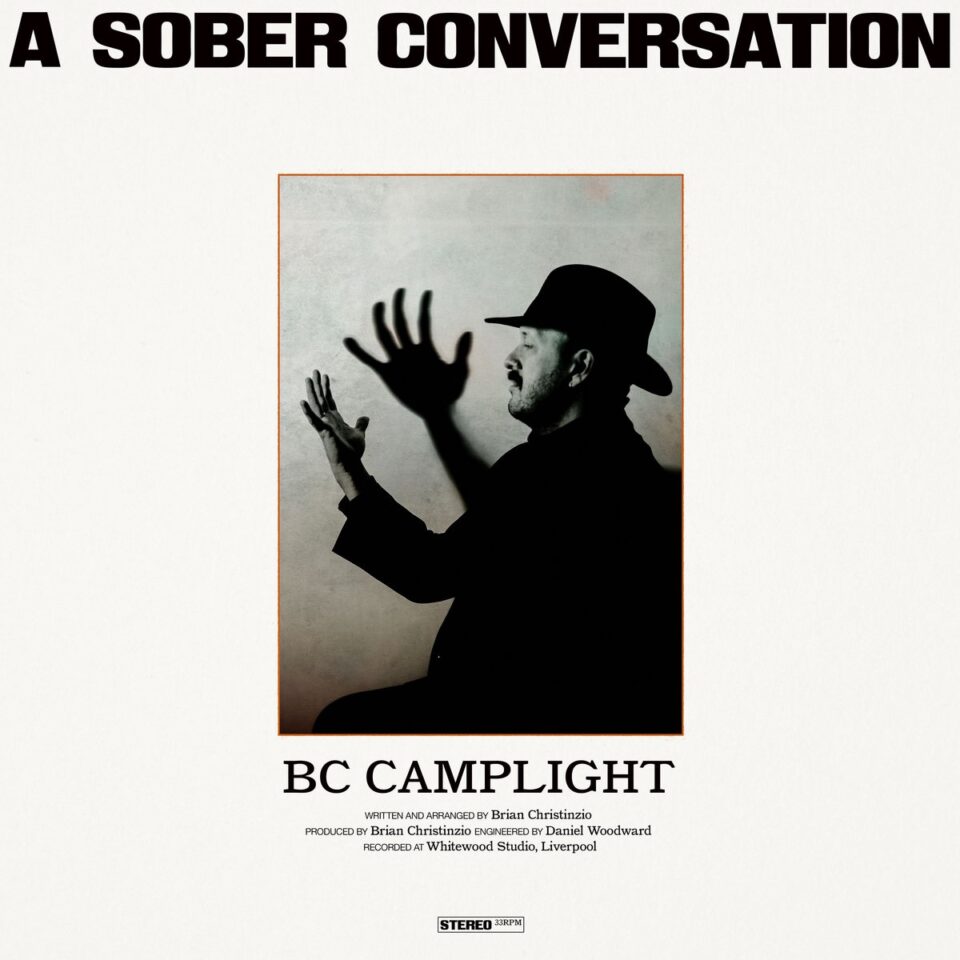
BC Camplight, A Sober Conversation
The UK-via-NJ songwriter’s blackly comic neo-chamber-pop missive on sobriety still manages to speak to the upbeat without a snip of excess emotion.
A.D. Amorosi
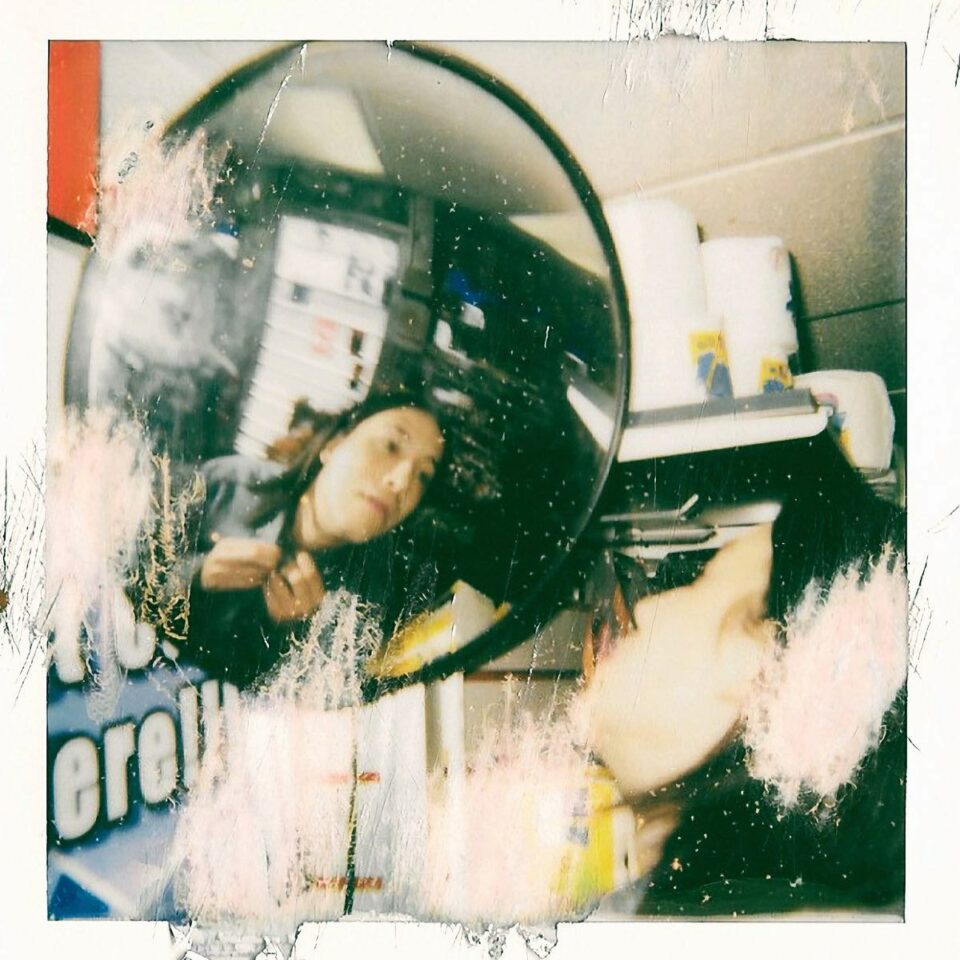
On his third album, the jazz-pop songwriter slows his lush, quirky sonic environment’s roll as he expands his lyrical focus to paint a more complex portrait of his social identity.
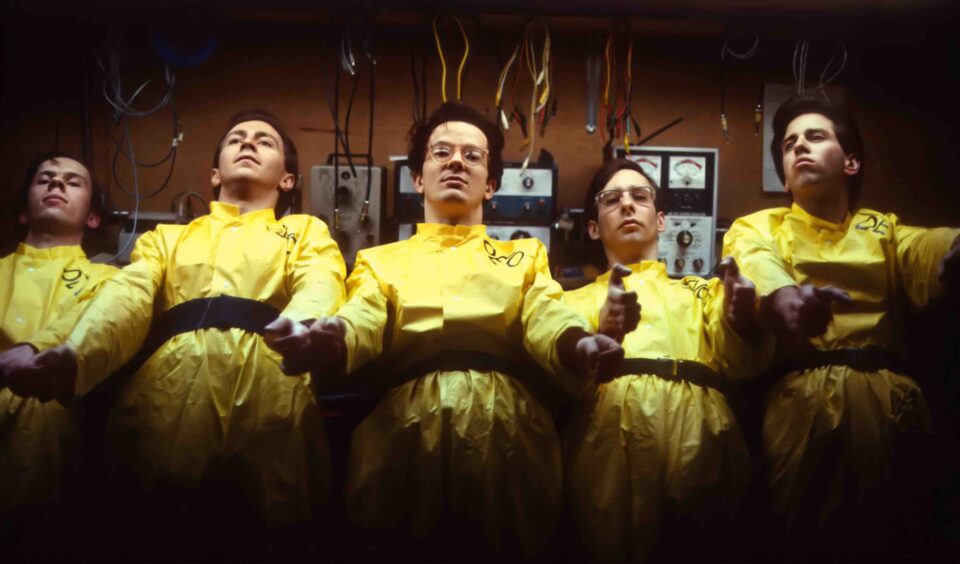
Devo photosessions in Acron Ohio 1976
Mark Mothersbaugh gives us an oral history of his iconic new wave band, from their early-’70s origins on Kent State’s campus to their ongoing tour and various physical career retrospectives spanning vinyl box sets and documentaries landing 50 years later.

The lyrical vision and subtly memorable melodies on the Brockhampton founder’s latest solo LP feel more organic than those of his guitar-strewn hip-hop predecessors.
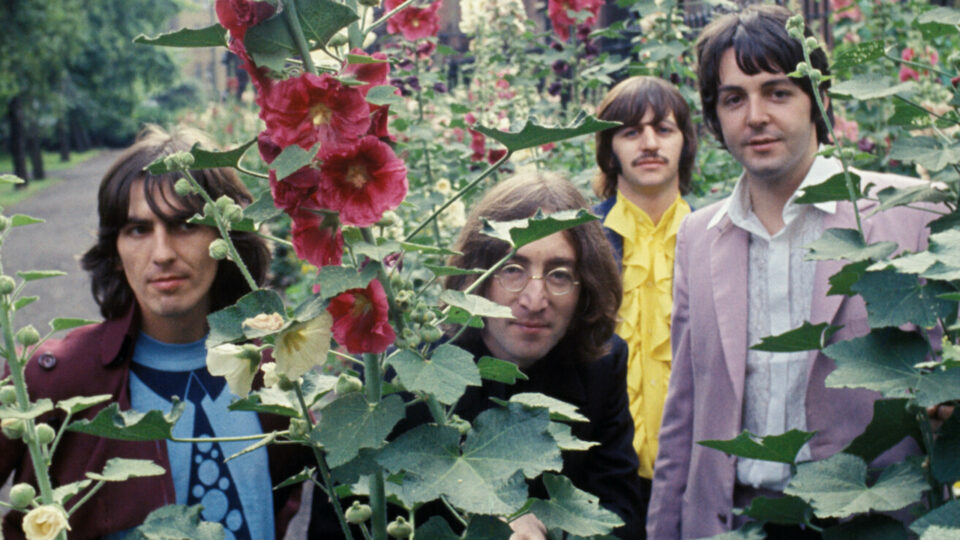
The music is more vivacious than its making-the-sausage backstory, and at least twice as solid than the last two “last” Beatles songs released in 1995.
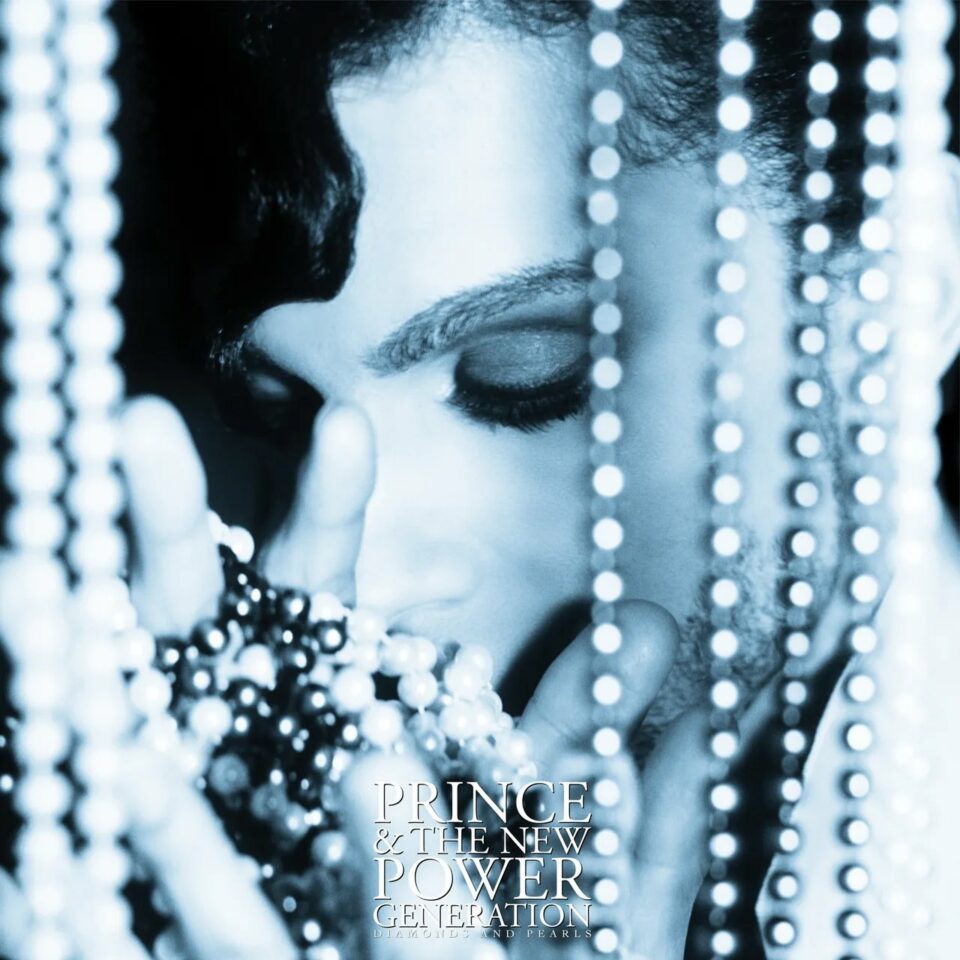
This reissue of Prince’s early foray into new jack swing and various R&B trends of 1991 is bolstered by over 30 newly unveiled Vault tracks and a blistering 1992 concert film.

Eric Burton and Adrian Quesada talk reaching a new level of synchronicity on their long-anticipated sophomore album, Chronicles of a Diamond.

The synthpop icons exhibit their rarely witnessed sense of humor on these anxious new takes on old material emphasizing darker, simmering tones.

Ishmael Butler finds company to share his one-of-a-kind vision with on his brief sixth LP, making his quest for new Afrofuturistic frontiers something more communal.
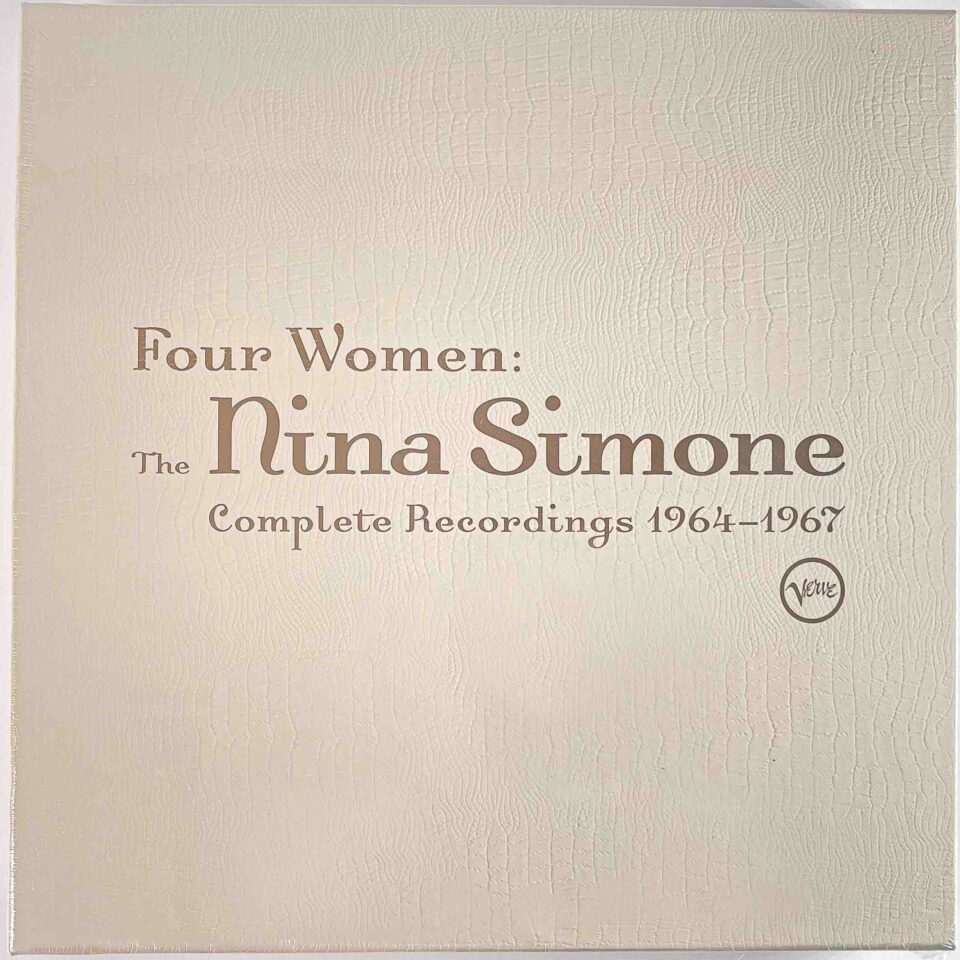
Everything that defined Simone stems from these seven foundational albums, as her time at the Phillips label highlighted the sultry, soulful, and socially protesting heights of her music.

The tales told within the rock icons’ first new set of songs since 2005 speak to age and rage in a fashion that keeps them away from post-millennial blather or elder laments.
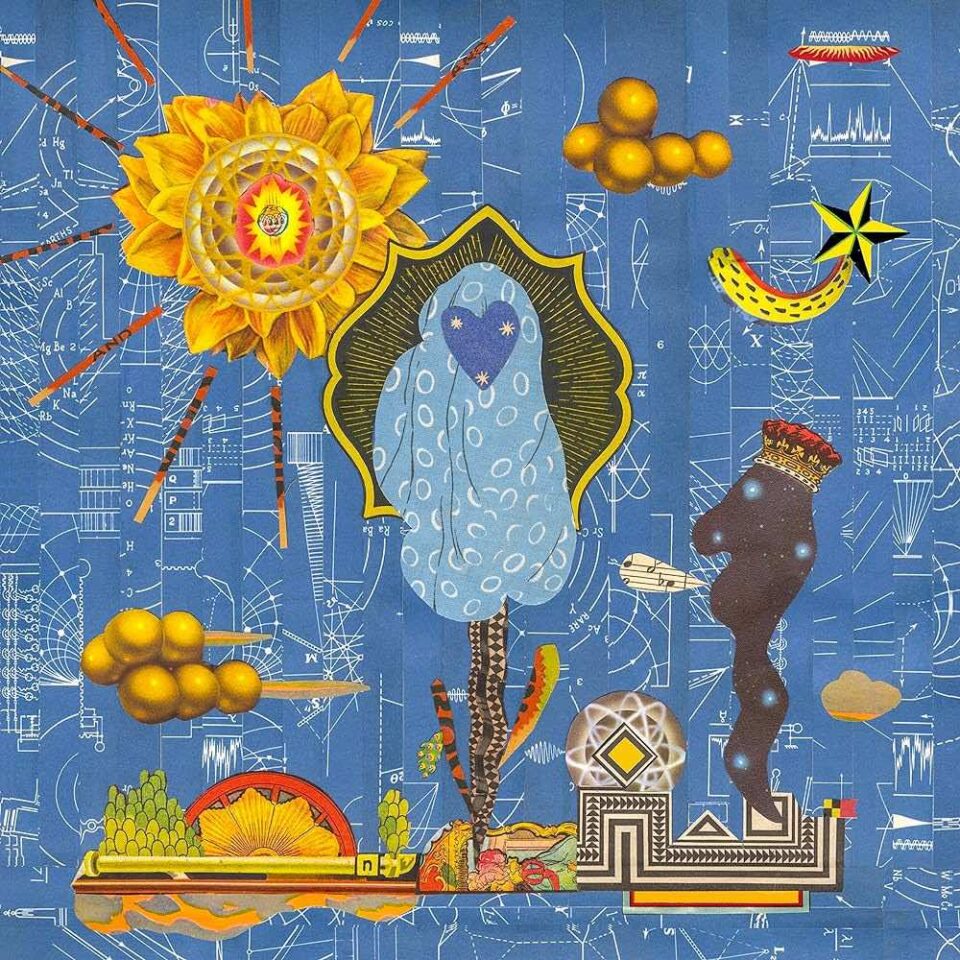
The Virginian quintet show off their love of warm, funky jazz and unpredictable fusion-electro while welcoming a team of alt-rap giants into the fold.

This third volume of Mitchell’s Archives series presents an artist’s sketchbook in full: the blossoming of fresh lyrics, vivid arrangements, and a more expansive vocal prowess.
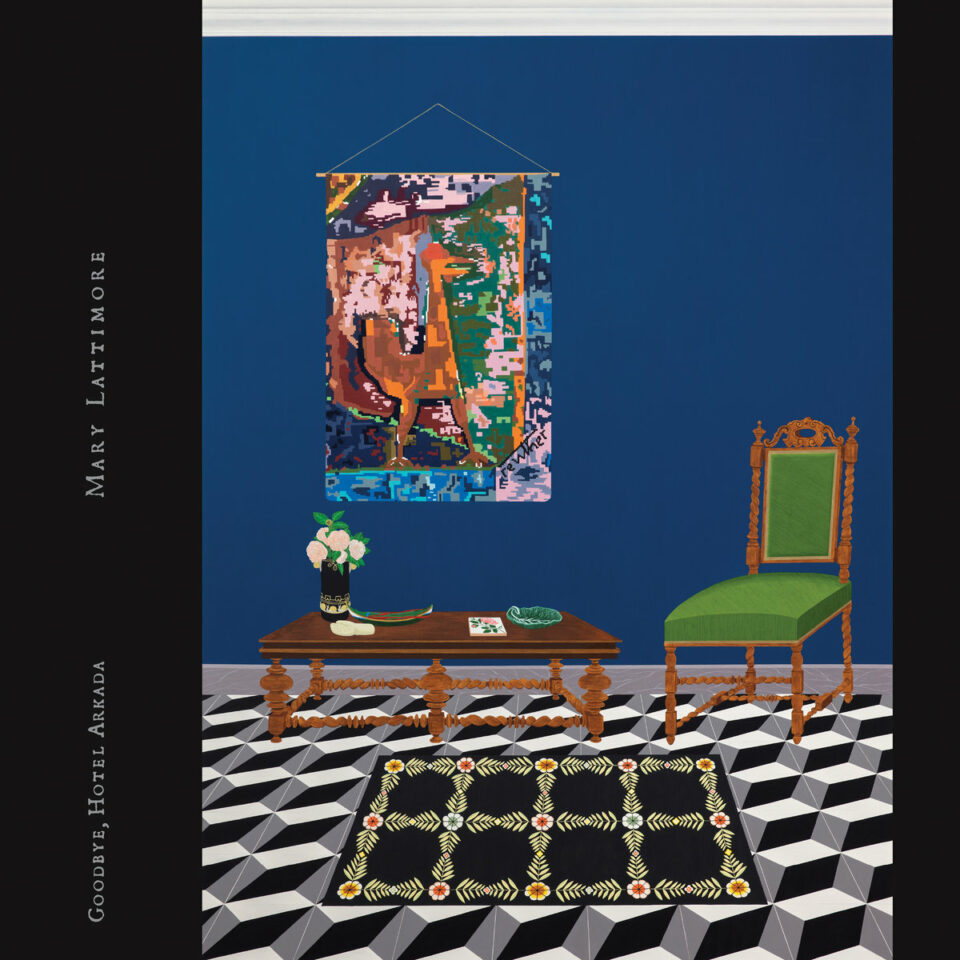
On her fifth solo LP, the experimental harpist, composer, and vocalist finds uneasy solace in the shoegaze sound and goth gauziness of the late ’80s.
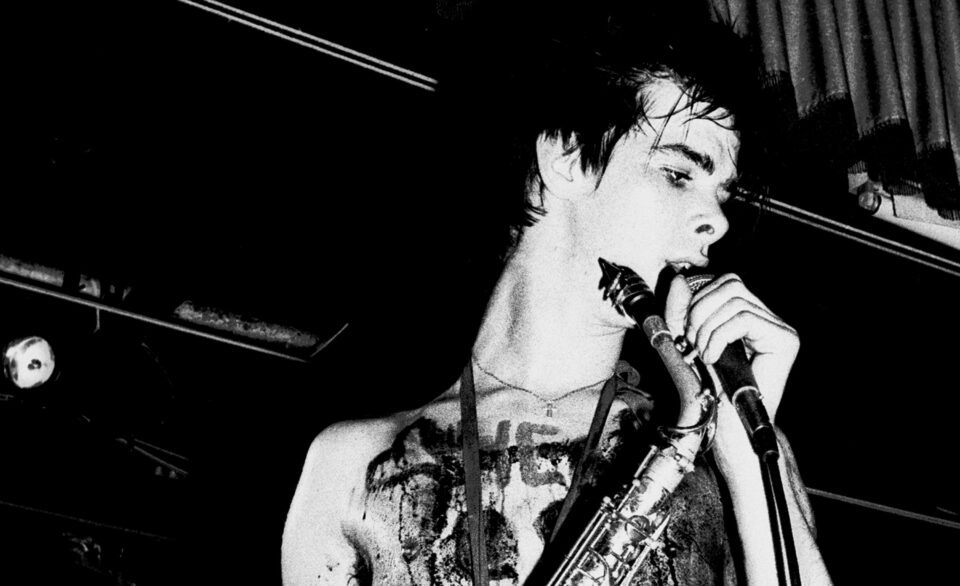
The Birthday Party; Tivoli Hotel; Adelaide; Jan 1981
The new Ian White–directed film portrays Nick Cave’s post-punk noise act during their fast, furious flame out between 1977 and 1983.

The musician, filmmaker, artist, and taste-maker discusses his debut solo album Outta Sync—and the lifetime of creative projects that preceded it.

Daniel Lopatin’s “speculatively autobiographical” tenth album marries a handful of his past styles, soulful vibes, and sample tricks into one future-forward, frothing, fluid stream of sound.
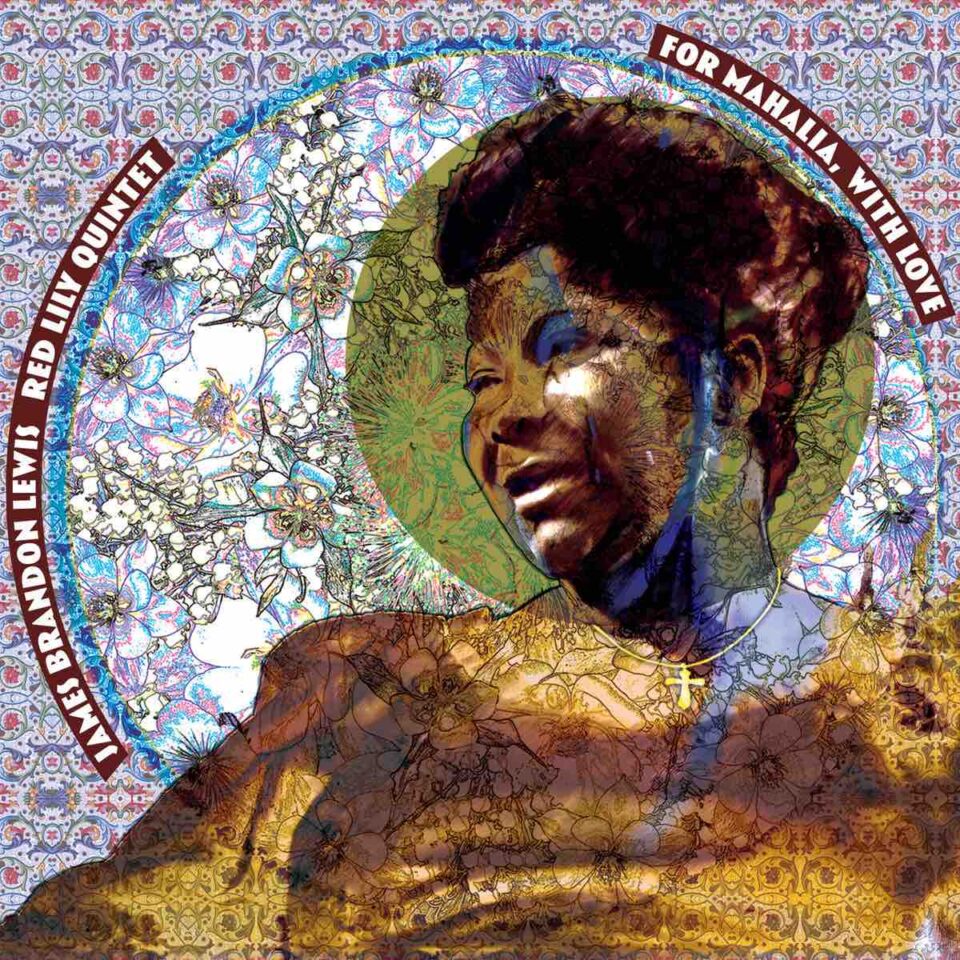
The jazz saxophonist sets his sights on gospel legend Mahalia Jackson with a holy, avant-garde litany of spiritually enhanced songs equally inspired by Coleman and Mingus.
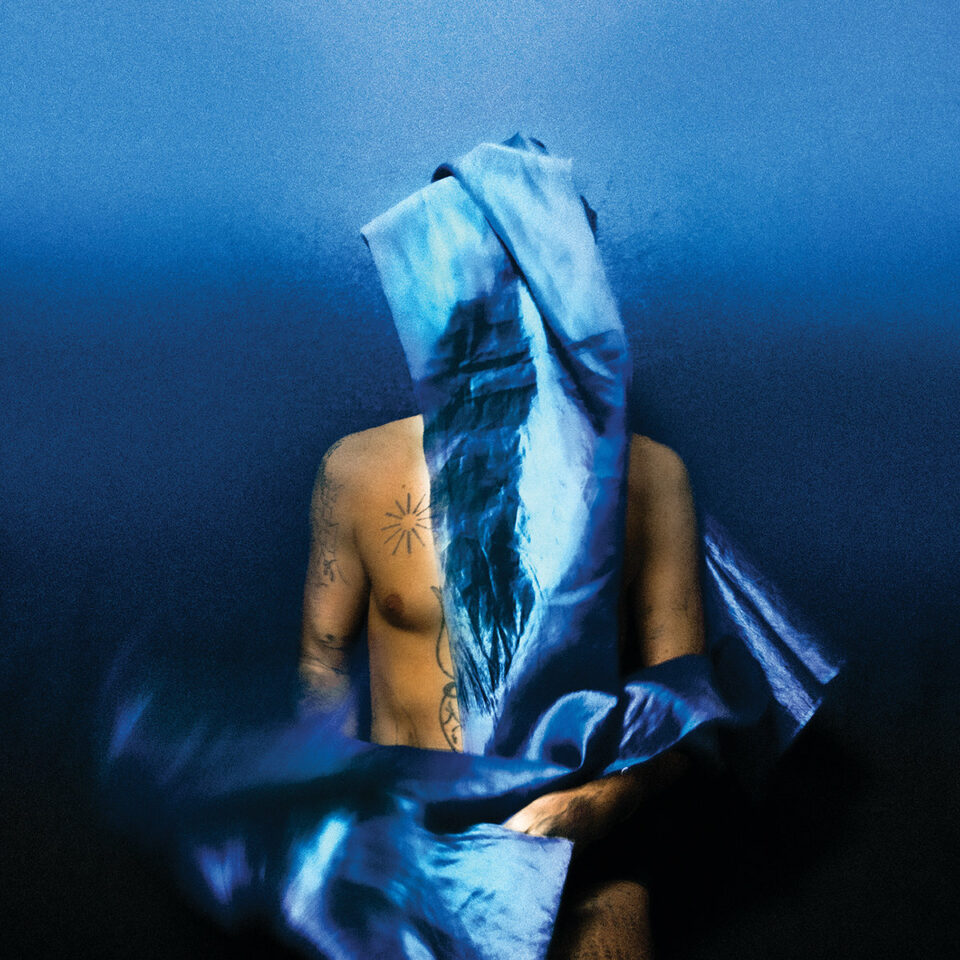
With the aid of producer Cate Le Bon, the psych-folk songwriter’s Mexican Summer debut swaps crinkly textures for something uncharacteristically glossy.
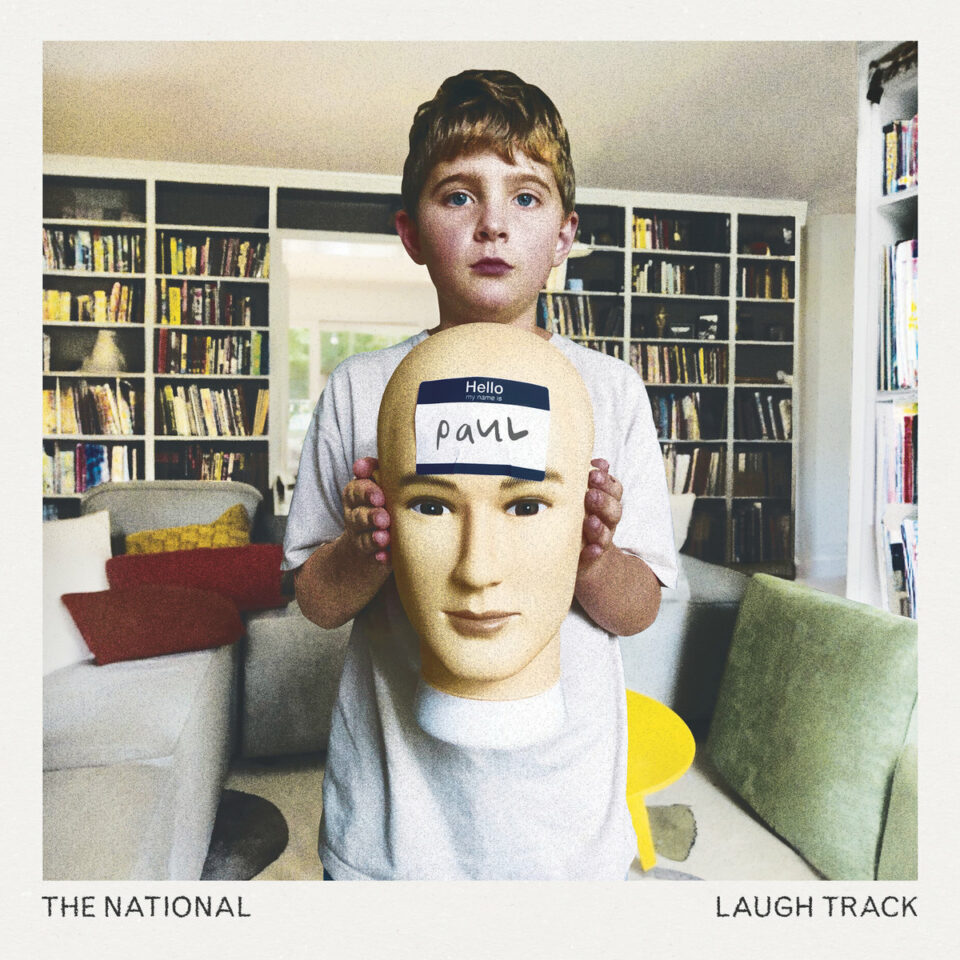
The band’s surprise-released companion piece to First Two Pages of Frankenstein is the lonely monster’s book’s end—dogeared and bleaker, but somehow more dynamic.

The goal of this reissue of the band’s iconic 1971 LP is to fully present Townshend’s vision for the deity-driven conceptual production it replaced.

